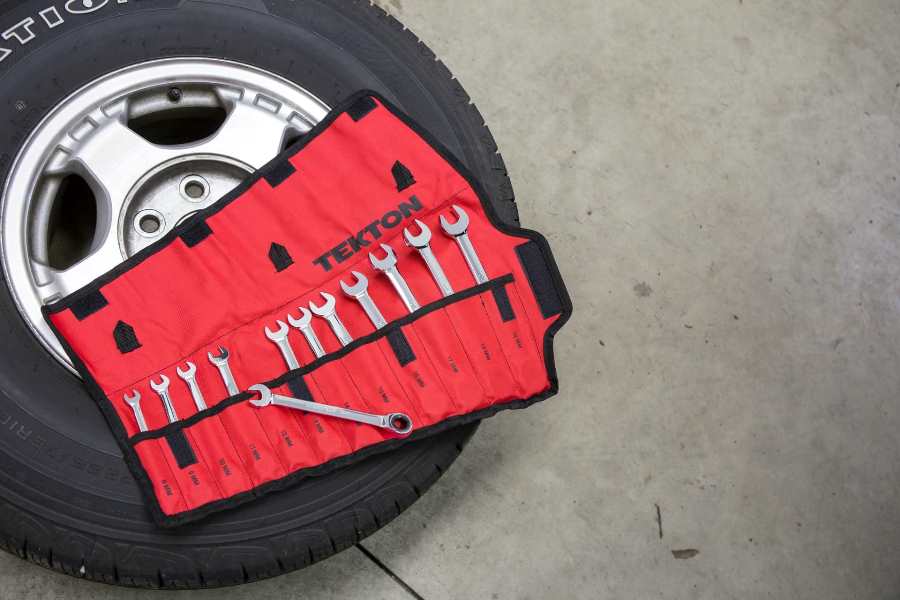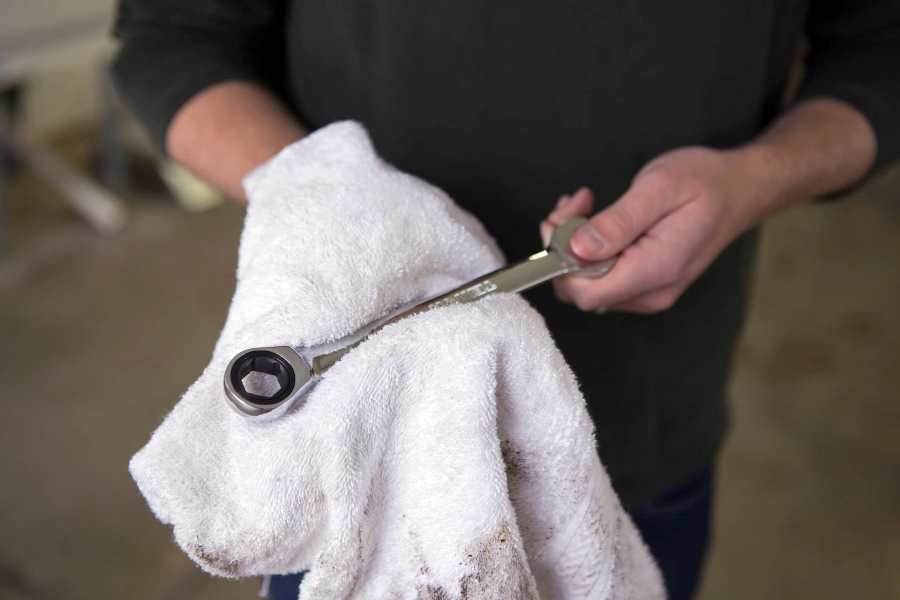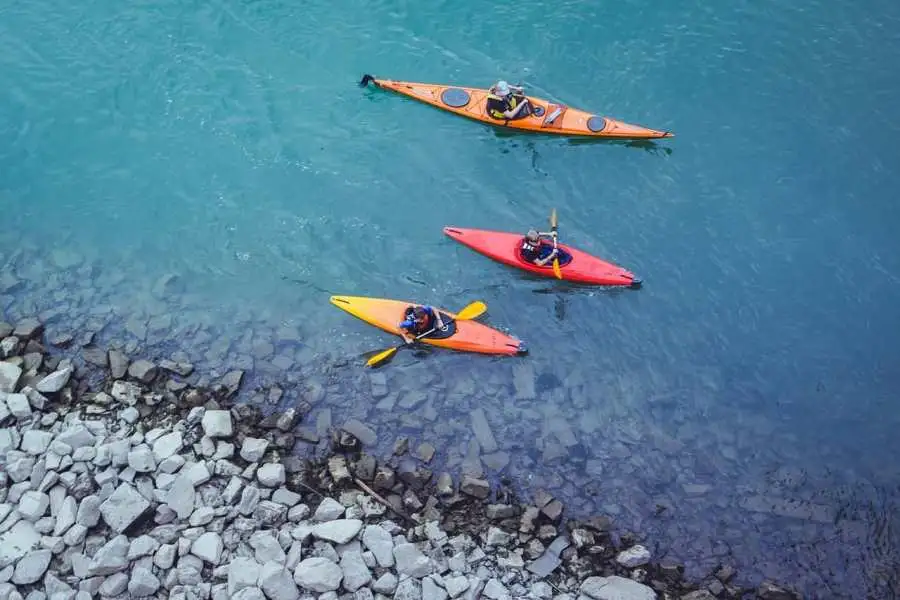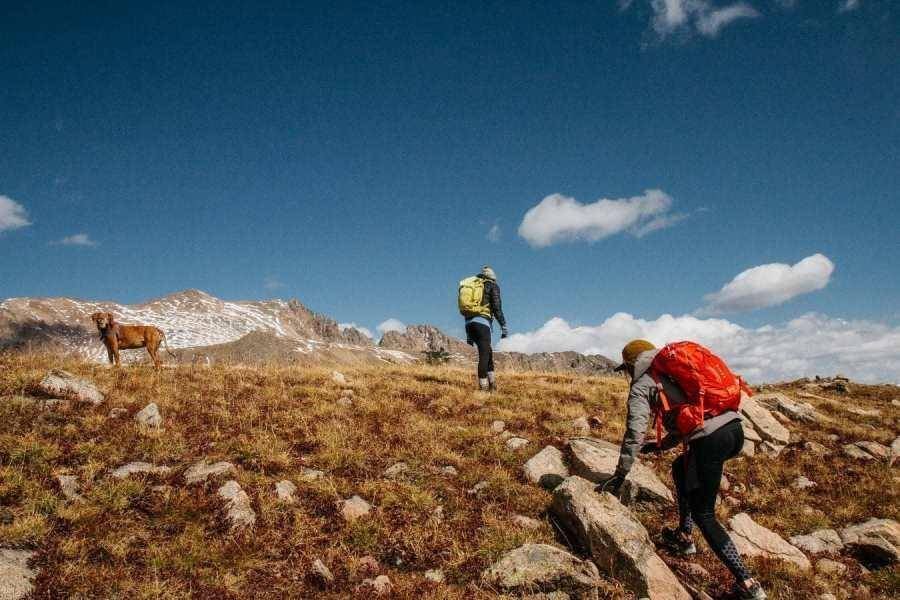If you’re an avid backpacker, hiker, or camper, you already know that getting to your destination is half the fun. What’s a great adventure without a memorable road trip leading up to it?
Unfortunately, sometimes those memories can come in the form of flat tires and smoking engines.
While it might sound like something out of a Hallmark movie, car issues can happen at any time – even when you’re in a remote area. And, we’re willing to bet an attractive stranger from a small town five miles down isn’t going to show up any time soon.
Kidding aside, car issues can be scary when you’re in an unfamiliar location, like the trailhead of a mountain. You might not have cell phone service, and there might not be a town or community for several miles.
So, how can you handle a backcountry breakdown on your own? We’ve got a few tips that can make a big difference.

Image Source: Unsplash
Be Prepared Ahead of Time
You don’t have to become a professional mechanic before your next excursion. But, it can help to learn the basics so you’re prepared for anything. That starts with knowing some of the most common problems you might face, especially when you’re traveling in rough terrain. Some of those issues include:
- Transmission problems
- Misalignment
- Tire damage
- Exterior damage
- Damage to the undercarriage
It’s also not uncommon for your engine to overheat if your car hasn’t undergone maintenance lately. Engines tend to overheat when the heat doesn’t escape the compartment properly. It could be caused by anything from a faulty radiator fan to a broken water pump. That’s why it’s so important to get your car checked out by a qualified mechanic before you hit the road.
You can also do your own “maintenance” before you leave and prepare yourself (and your vehicle) as much as possible. Some of the basics you should be able to check on your own include:
- Reading tire pressure
- Checking belts and hoses
- Replacing wiper blades and washer fluid as needed
- Topping off engine oil
- Listening to the brakes
You don’t necessarily have to be able to fox those issues before you head out. But, knowing how to identify a problem will make it easier to get to a mechanic before you hit the road. In doing so, you’re less likely to experience car trouble when you’re stranded somewhere. Don’t try to fix things on your own if you don’t have the experience and knowledge to do so. You might risk exposing yourself to certain chemicals that could be hazardous to your health.
Signal for Help Safely
Sometimes, despite your best efforts, your vehicle might still break down. To stay safe when that happens, preparedness remains important. Make sure you have a bag or kit somewhere in your car that contains the basics of what you’ll need in case you get stranded somewhere off the beaten path. Your kit might include things like:
- Water
- A blanket
- A flashlight
- A first aid kit
- A cell phone charger
You should also be prepared with different items that can make it easier to signal for help. Some of the best tools for that job are a whistle, roadside flares, and reflectors. Anything that draws attention to your vehicle, even if someone is far away, will be helpful.
If your car happened to break down in the middle of the road, try to get it off to the side. Most of the time, even during a breakdown, you’ll be able to steer your car off to the side. That will help to keep you safe while you wait for help, especially if it’s dark out and another car happens to drive by at any time. The last thing you want is for car issues to turn into an accident.
Assess the Situation

Once you get your car to a safer place, it can be tempting to try to fix the problem yourself. But, that’s rarely the best thing to do.
Unless you’re dealing with something like a flat tire or you need to top off your oil, fixing your car by the side of the road can be extremely dangerous for a variety of reasons. It’s best to wait for it to get towed so a professional can take a look at it. You could risk injuring yourself, getting hit by traffic, or doing more damage to your vehicle.
Additionally, once you’ve got your car off the road, take a moment to breathe and assess the situation.
You’re undoubtedly stressed. You might even be a little scared. If your family is traveling with you, you also have your kids to think about, and you’ll want to make sure they’re as safe as possible. So, you’ll have some decisions to make.
While it can be tempting to flag down other vehicles by standing in the road, stay with your car. Turn on your hazard lights and draw attention to the vehicle itself, while you and your passengers stay safely inside.
When to Abandon Your Car
Assessing the situation will give you a better idea of how long you can feasibly wait for help. It’s important to factor in things like:
- Weather conditions
- Temperature
- Who is with you
- Supplies you have on hand
- How far is the next town is
- Wildlife
Abandoning your car should usually be a last resort. Even if you know how to stay safe as a hiker, trying to find help in an unfamiliar location is much different than trekking up a mountainous path.
However, certain conditions may require you to leave your vehicle to get help.
If you decide that’s the best option, there are a few things to keep in mind for your safety.
First, have a plan. This is where your hiking skills can come in handy. Take a look at a map to determine where you are and where you need to go. You might not be familiar with the area, but you should be able to develop a basic plan and route that will safely allow you to find some help.
Before you step outside, put on bright-colored clothing or reflective gear, if possible. Even if it’s daytime, this type of clothing will make it easier for motorists to see you so you can flag them down.
Keep your cell phone with you at all times (it’s a good idea to include a battery-powered charger in your car kit!) and keep checking for service. Leave a note on the dashboard of your car if you’re traveling by yourself explaining the situation. Jot down where you’re going for help and the time you left. If someone stops to check out the situation, they might be able to find you and help.
If you decide to leave your car for any reason, safety should be your number one priority. Don’t veer out into the road, and be alert and aware of your surroundings at all times.
There’s no denying that car issues in a remote area can feel a bit more like the beginning of a horror movie than a Hallmark one. But, by preparing yourself ahead of time, learning some basics, and having a plan in place if your car breaks down, you can handle these issues quickly and safely, so you can get back to your real adventure in no time.
Author Bio:

Contributor: Luke Smith
Words about contributor of this Article: “Luke Smith is a writer and researcher turned blogger. Since finishing college he is trying his hand at being a freelance writer. He enjoys writing on a variety of topics but lifestyle and outdoor topics are his favorite. When he isn’t writing you can find him traveling, hiking, or gaming.“





